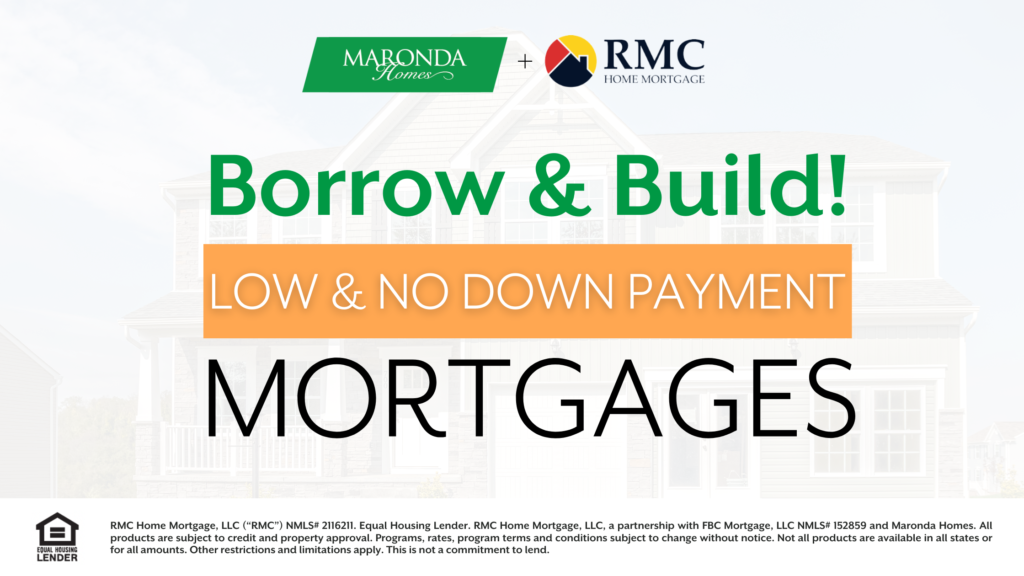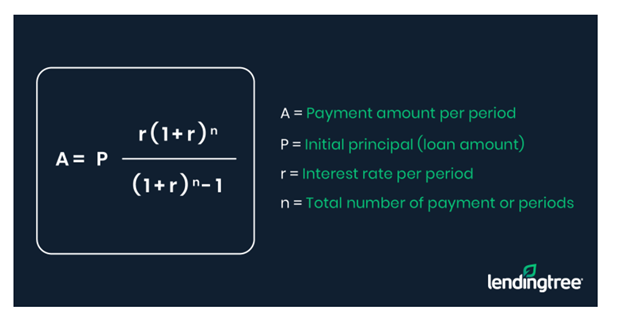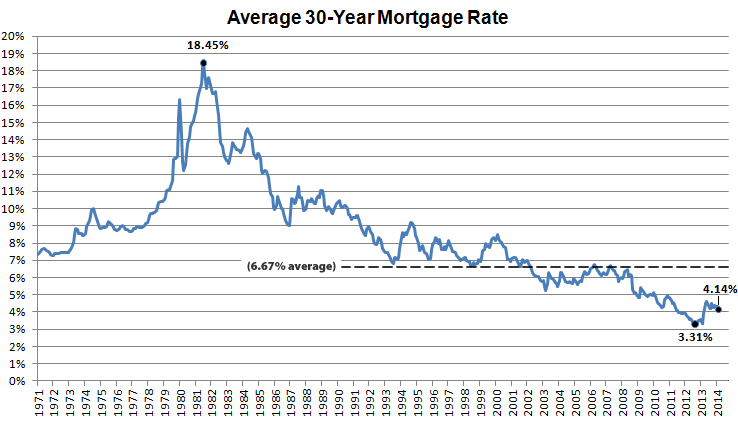
Mortgage insurance for FHA loans is a type of mortgage insurance that most borrowers are required to pay for the life of their loan. The borrower has the option to cancel the insurance at any point after they have reached certain equity. Tax-deductible mortgage insurance policies are also available. It is important to fully understand the terms and options of your mortgage insurance policy before you decide to sign up.
Single-pay mortgage insurance
FHA single-pay insurance for mortgages is an inexpensive way to lower your insurance costs. If you qualify for an FHA loan, you will have to pay this insurance if you have less than 20% equity in your home. FHA insurance will allow you to eliminate this premium once you have at least 20% equity in your house. A typical FHA mortgage policy will cost between 0.85 percent to 1.05 percent annually, depending on the amount and length of the mortgage term.
FHA loans can be purchased single-pay. Single-pay mortgage coverage is popular for first-time homeowners. The minimum down payment for this mortgage insurance is $7,000 or $40,000. This lowers the upfront cost of mortgage insurance for most borrowers. The loan amount and down payment will determine the premium.

Mortgage insurance with tax-deductible coverage
FHA loans have tax-deductible mortgage insurance that allows you to reduce your premiums. The premium payment is split into two parts. You make one lump-sum at closing your loan. Monthly, the remainder is part of your normal loan repayments. Your premium payment each month is calculated as a percentage your average outstanding mortgage debt. Then, divide that amount by twelve to calculate your monthly premium.
FHA loans are not required to have mortgage insurance. But, you may be able to save some money by purchasing it. It can also increase in cost over time, especially when you refinance the loan. FHA loans don't require mortgage insurance. However, you can cancel the policy after paying it off.
Requirements for down payments
The borrower is responsible for paying the mortgage insurance on an FHA loan. This insurance costs 1.75% of the loan amount. The borrower will have to pay this premium up-front. Once the borrower has achieved a 20% equity level in the home, they will no longer have to pay this premium. The borrower will have to pay an annual mortgage insurance premium (MIP), equal to 0.45% to 1.055% of the loan amount, divided by 12 months.
An FHA mortgage insurance loan is available to those who don't have enough money for a 20% downpayment. This loan requires a five-thousand dollar upfront mortgage insurance premium. Monthly payments will be made of this amount for the duration of the loan. The mortgage insurance premium will also vary depending on the size of the loan and the amount of the down payment you have. The MIP is only payable for 11 years by borrowers with at least 10% down payment. It will then be due for the entire term of the loan.

Loan limits
The FHA loan limits for single-family homes vary by county and metropolitan statistical area. They typically range from $400,000 to $990,000. In more expensive areas, they are higher. The FHA loan limits are set by Congress to help Americans become homeowners, and the criteria for approval are more flexible, requiring a lower credit score and smaller down payments.
The mortgage insurance premium typically amounts to one percent of the loan amount. On a loan of $250,000 the borrower would pay $4375 in upfront premiums. However, if a borrower has more than 10 percent equity in the home, they can stop paying mortgage insurance. If the home has less equity, the borrower will need a conventional loan or a jumbo loan.
FAQ
What are the disadvantages of a fixed-rate mortgage?
Fixed-rate loans are more expensive than adjustable-rate mortgages because they have higher initial costs. If you decide to sell your house before the term ends, the difference between the sale price of your home and the outstanding balance could result in a significant loss.
How much should I save before I buy a home?
It all depends on how long your plan to stay there. You should start saving now if you plan to stay at least five years. But if you are planning to move after just two years, then you don't have to worry too much about it.
What is a Reverse Mortgage?
Reverse mortgages are a way to borrow funds from your home, without having any equity. It allows you access to your home equity and allow you to live there while drawing down money. There are two types: conventional and government-insured (FHA). A conventional reverse mortgage requires that you repay the entire amount borrowed, plus an origination fee. FHA insurance will cover the repayment.
Can I get another mortgage?
Yes. However it is best to seek the advice of a professional to determine if you should apply. A second mortgage is typically used to consolidate existing debts or to fund home improvements.
Statistics
- Private mortgage insurance may be required for conventional loans when the borrower puts less than 20% down.4 FHA loans are mortgage loans issued by private lenders and backed by the federal government. (investopedia.com)
- This means that all of your housing-related expenses each month do not exceed 43% of your monthly income. (fortunebuilders.com)
- When it came to buying a home in 2015, experts predicted that mortgage rates would surpass five percent, yet interest rates remained below four percent. (fortunebuilders.com)
- Based on your credit scores and other financial details, your lender offers you a 3.5% interest rate on loan. (investopedia.com)
- Some experts hypothesize that rates will hit five percent by the second half of 2018, but there has been no official confirmation one way or the other. (fortunebuilders.com)
External Links
How To
How to Find an Apartment
Moving to a new place is only the beginning. Planning and research are necessary for this process. It includes finding the right neighborhood, researching neighborhoods, reading reviews, and making phone calls. There are many ways to do this, but some are easier than others. Before renting an apartment, it is important to consider the following.
-
Online and offline data are both required for researching neighborhoods. Online resources include Yelp and Zillow as well as Trulia and Realtor.com. Offline sources include local newspapers, real estate agents, landlords, friends, neighbors, and social media.
-
Review the area where you would like to live. Yelp, TripAdvisor and Amazon provide detailed reviews of houses and apartments. You might also be able to read local newspaper articles or visit your local library.
-
Call the local residents to find out more about the area. Talk to those who have lived there. Ask them about what they liked or didn't like about the area. Ask for their recommendations for places to live.
-
Check out the rent prices for the areas that interest you. If you are concerned about how much you will spend on food, you might want to rent somewhere cheaper. On the other hand, if you plan on spending a lot of money on entertainment, consider living in a more expensive location.
-
Find out all you need to know about the apartment complex where you want to live. How big is the apartment complex? What's the price? Is it pet friendly? What amenities do they offer? Is it possible to park close by? Do you have any special rules applicable to tenants?